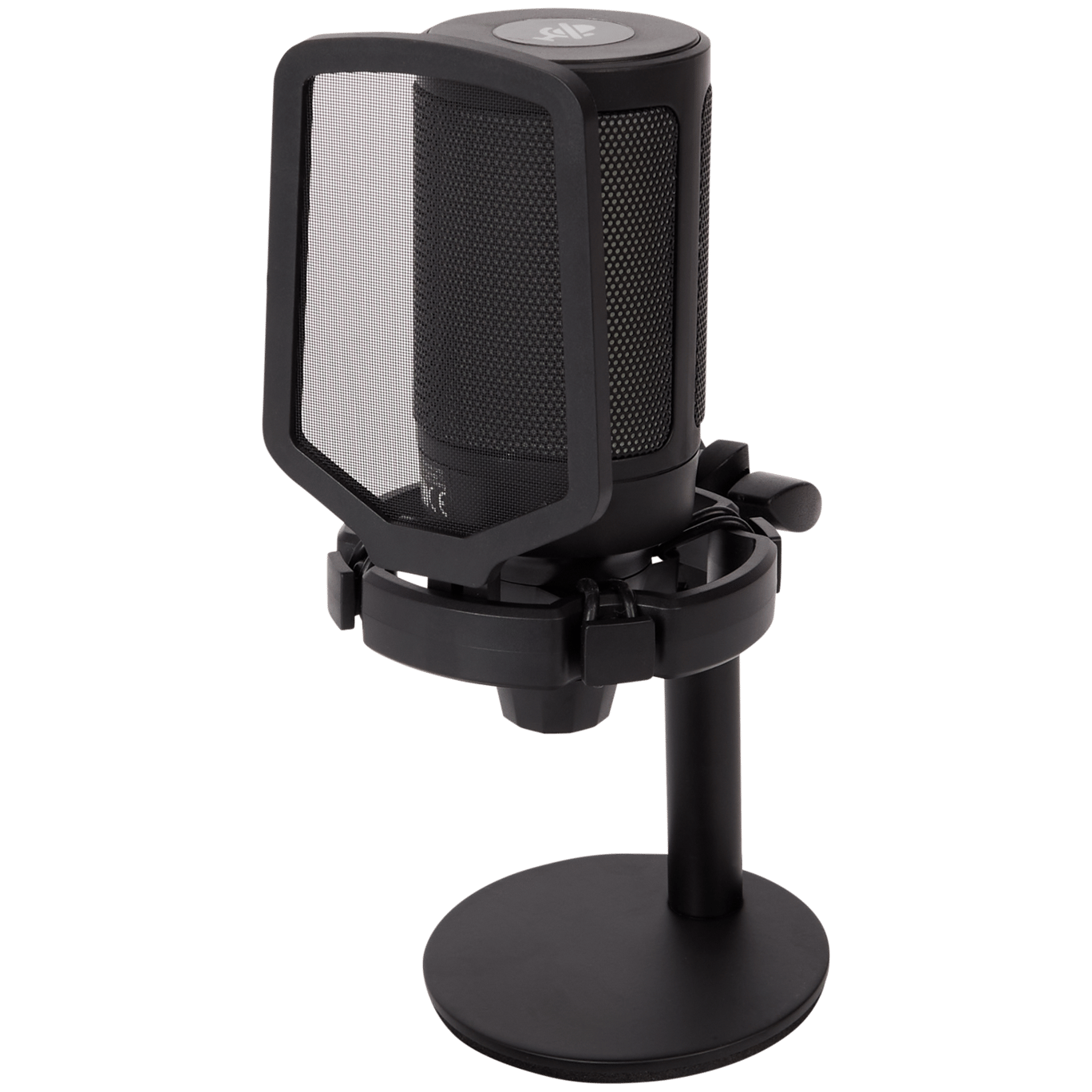In today’s digital world, the demand for storage is ever-increasing. From smartphones and tablets to cameras and drones, the need to store more data efficiently has never been greater. Micro SD cards and card readers play a pivotal role in maximizing storage solutions for personal and professional use. This comprehensive guide will explore everything you need to know about micro SD cards, including their types, uses, and how to choose the right card reader to complement your storage needs.
Understanding Micro SD Cards
Micro SD cards are small, portable memory cards that are widely used for storing data in various electronic devices. They are an essential component for expanding the storage capabilities of devices that have limited built-in memory. Let’s delve into the different types of micro SD cards available on the market.
Types of Micro SD Cards
Micro SD cards come in various types, each designed for specific uses and capabilities:
- Micro SD: The original format, offering storage capacities up to 2GB.
- Micro SDHC (High Capacity): Ranging from 2GB to 32GB, ideal for standard storage needs.
- Micro SDXC (Extended Capacity): Offers capacities from 32GB up to 2TB, perfect for high-resolution media.
- Micro SDUC (Ultra Capacity): Supports storage sizes beyond 2TB, suitable for future-proofing storage solutions.
Speed Classes

Speed is crucial when selecting a micro SD card, especially for applications involving high-definition video and rapid data transfer. Speed classes are categorized as follows:
- Class 2: Minimum write speed of 2 MB/s, suitable for standard definition video.
- Class 4: Minimum write speed of 4 MB/s, better for HD video.
- Class 6: Minimum write speed of 6 MB/s, good for recording HD video.
- Class 10: Minimum write speed of 10 MB/s, ideal for full HD video.
- UHS (Ultra High Speed): UHS-I and UHS-II cards offer even higher speeds, perfect for 4K video and burst photography.
Choosing the Right Micro SD Card

When selecting a micro SD card, consider the following factors to ensure you choose the right one for your needs:
- Device Compatibility: Check the specifications of your device to determine the maximum supported capacity and speed class.
- Usage Scenario: Identify whether you need the card for standard files, HD video recording, or high-resolution photography.
- Brand Reliability: Opt for well-known brands like SanDisk, Samsung, or Kingston, which offer better quality and warranty services.
- Price: Compare prices across different retailers, but remember that cheaper options may compromise quality.
Micro SD Card Readers: An Essential Accessory

A micro SD card reader is a device that allows you to access the data stored on your micro SD card by connecting it to your computer or other devices. Understanding the different types of card readers and their features can significantly enhance your data management experience.
Types of Micro SD Card Readers

Micro SD card readers come in various forms, each designed for specific functionalities:
- USB Card Readers: These are standalone devices that connect to a computer’s USB port and read micro SD cards directly.
- Multi-Card Readers: Capable of reading multiple types of memory cards, including micro SD, SD, and CompactFlash.
- Integrated Card Readers: Built into laptops or cameras, offering convenient access without needing external devices.
- Wireless Card Readers: Enable wireless data transfer through Wi-Fi, ideal for mobile devices.
Key Features to Look For
When selecting a micro SD card reader, consider these essential features:
- Transfer Speed: Look for USB 3.0 or higher for faster data transfer rates.
- Compatibility: Ensure it supports the micro SD card types you intend to use.
- Build Quality: A sturdy design is important for durability and ease of use.
- Portability: Compact designs are easy to carry, especially for on-the-go use.
Maximizing Storage Efficiency

To get the most out of your micro SD cards and card readers, consider these strategies:
Data Organization

Proper organization can help maximize storage and improve efficiency:
- Create Folders: Organize files into folders based on categories such as photos, videos, and documents.
- Use Descriptive Names: Name files and folders clearly to facilitate quick searches.
Regular Backups
Implement a backup strategy to prevent data loss:
- Cloud Storage: Use cloud services like Google Drive or Dropbox for automatic backups.
- External Hard Drives: Regularly transfer important files to an external hard drive for safekeeping.
Data Compression
Reduce file sizes without losing quality:
- Image Compression: Use tools like Adobe Photoshop to compress images for easier storage.
- Video Compression: Employ software like HandBrake to reduce video file sizes while maintaining quality.
Case Studies and Statistics
Data from recent studies highlights the growing reliance on micro SD cards:
- A 2022 survey by Statista indicated that 40% of smartphone users rely on micro SD cards for additional storage.
- According to a report by Future Market Insights, the global micro SD card market is projected to reach $25 billion by 2031, growing significantly due to increased usage in IoT devices.
Furthermore, many professionals, such as photographers and videographers, have reported that using high-capacity micro SD cards has allowed them to shoot more high-resolution content without worrying about storage limitations.
Micro SD cards and card readers are invaluable tools for managing and maximizing storage in our increasingly digital lives. By understanding the different types of micro SD cards, their speed classes, and the importance of selecting the right card reader, you can make informed decisions that enhance your data storage capabilities. Implementing strategies like data organization, regular backups, and file compression can further optimize your storage efficiency.
Whether you’re a casual user or a professional, investing in quality micro SD cards and card readers will pay off in the long run. As technology continues to evolve, staying informed about the best storage solutions is essential for adapting to our ever-growing data needs.